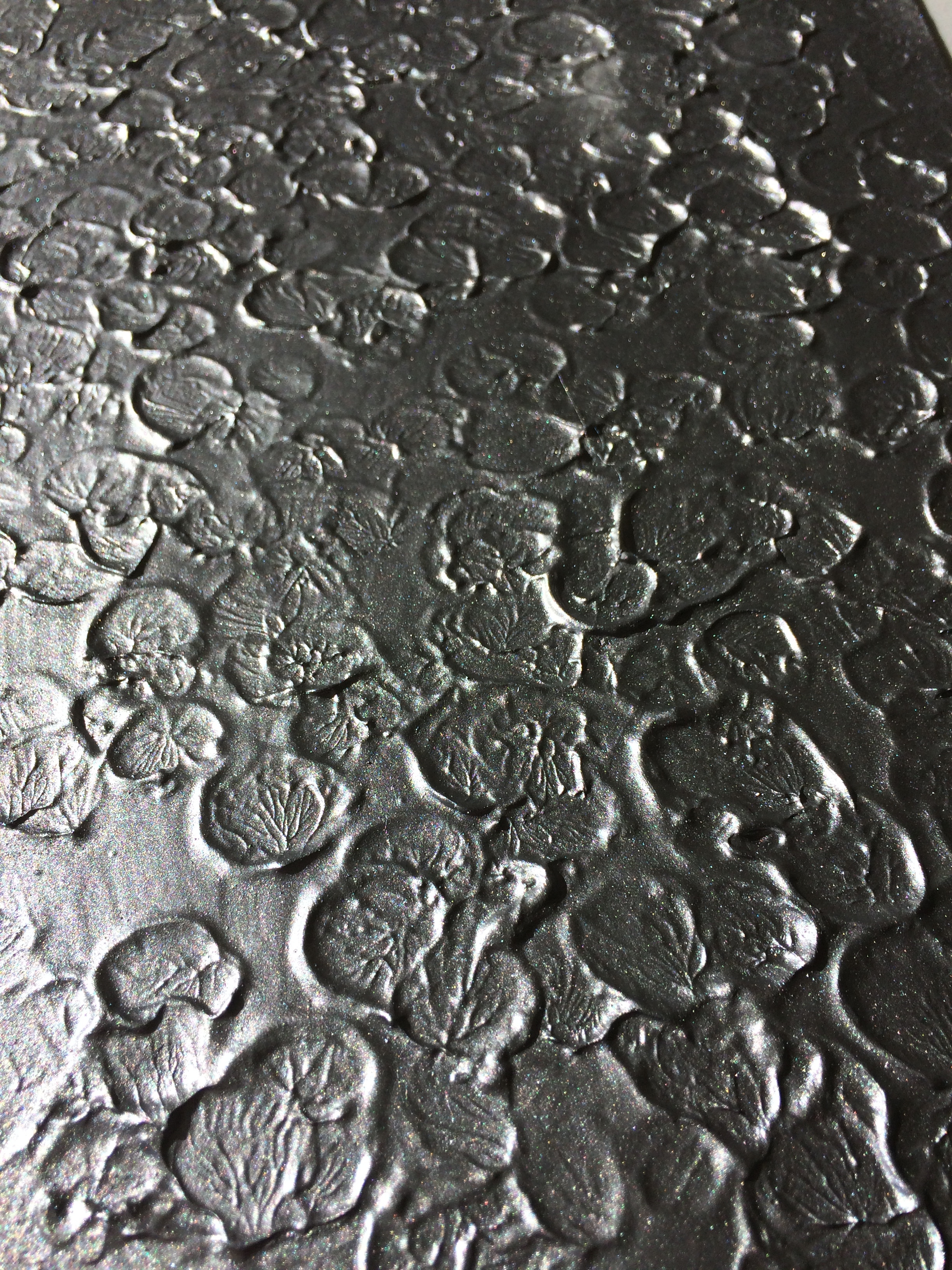Most of the time, being artist in the River Arts District in Asheville is a blast. I mean really -- all of us down here are living out our passion, and making a living doing it! Who could ask for a better job than that? And honestly, about 98% of the people who visit us are super nice people. Some of become regular clients and dear friends of mine. The fact that we artists don't create in a vacuum is one of the huge benefits of our "open studio" business model here in the Arts District. This keeps us socialized (which honestly, is really emotionally healthy) and ithe fact that I can see and hear what I do that resonates with visitors helps me make a living as a painter.
"How Ready are you to Sell These?"
So honestly, all 220 of us artists in the Arts District love our jobs and we very warmly welcome any visitor who comes in to feel free to chat with us and take a look at our artwork. That said, there is a really funny 2% of studio visitors that either make us laugh or cry. A few weeks ago, one of the artists posted an entry on our River Arts District Facebook page asking for artist contributions to a growing list of "funny things people say when visiting an art studio". I cracked up reading this list and thought others might crack a smile as well. This is what keeps life as an artist entertaining...
Visitor walking out the door: "But how much can a painting really cost? Paint and boards aren't that expensive"...
Visitor to friend: "We should buy some of these and make these and make them ourselves!”
"How ready to sell this are you?"
"I have a group in China that copies oil paintings like this for a quarter of these prices."
“Does the city pay your rent?"
"Is this your 'real job'? Can you really make a living doing this?"
“My cousin is an artist. You should see his work! He sells his.”
"I've paid less for a car!"
"This piece has been on your website for over three months...so...I'm going to offer to pay you 50% of the prices..."
"What exactly is this material?" (as they are sticking their finger into wet oil paint)
"Does your job give you insurance? I couldn't take a job without insurance."
Man to girlfriend: “Babe, you could TOTALLY do this!” Man to me: “so HOW do you do this??”
Woman entering and looking around the studio: "Are all the pretty paintings gone?"
Man looking around at the walls: "this must be the stuff that doesn't sell right?"
“So how does it feel to be selling out?”
"It's so sensitively done! I thought for sure the artist was a woman!".
Visitor whispering...“Heck, honey I’ll make you one of those”
"Can you give me a break on sales tax?"
"Do you have any 95% off prices?"
"Did your real job not work out, so now you're here?"
"How long does it take ya to paint one a them things?" (I think they're trying to figure out your hourly wages.)
Visitor showing the artist photos on his phone: "I wouldn't charge you much if you wanted to use any of these photos. Just pay me a commission if your painting sells."
"Oh, the kids make those."
A few weeks ago, a woman came in the studio with her little high strung, fashionably dressed miniature curly haired dog and after a few minutes of browsing she walked quickly up to me and asked where her dog could pee.
"It's a nice little hobby you have here."
"I would love to just play like this all day but... I have a job."
A man came in to our studios, looked around quickly and then asked me where she could find "fine art".
From a woman at a local museum..."I love your work and we're committed to promoting local artists. We'd like to have you paint a 10 ft x 20 ft mural." (Then she explained that the museum would pay for the paint but needed me to donate my time to design and paint it.)
"I absolutely love your work! I always go to the ***** art auction and I always look to see if I can get one of your paintings at a good price."















